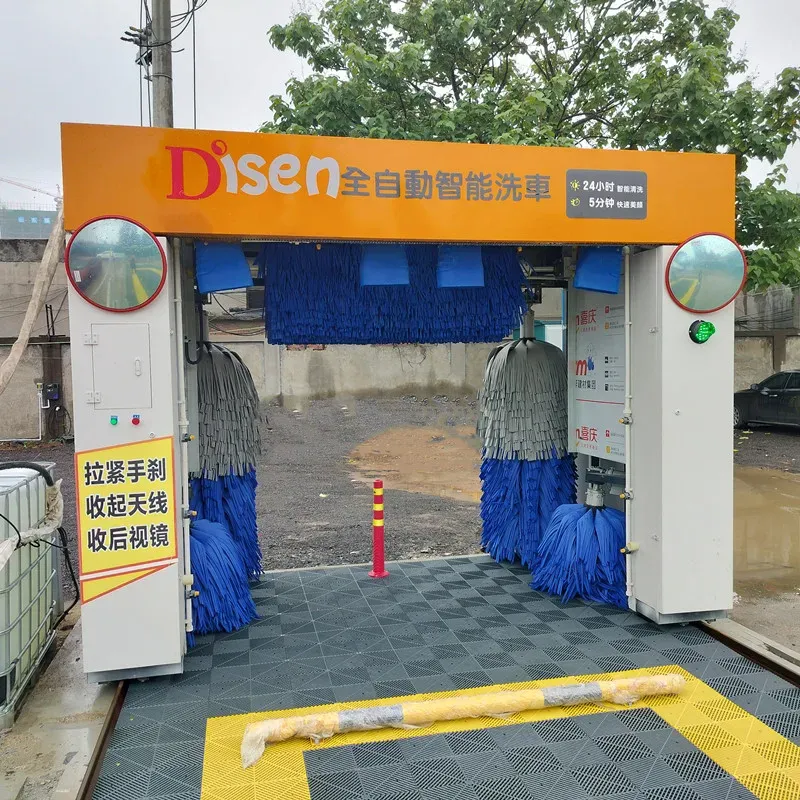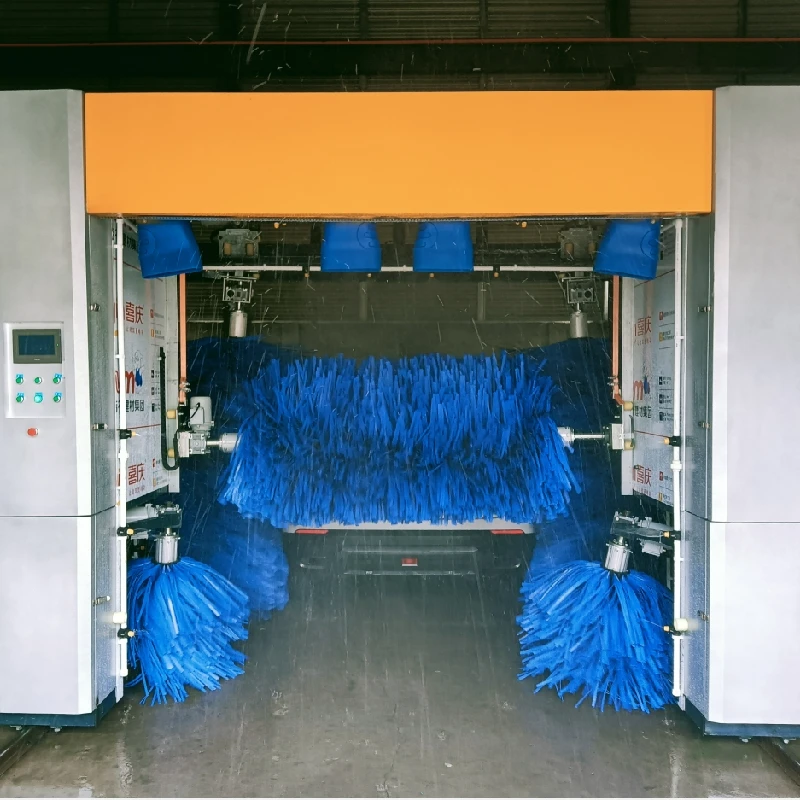Self-Service Vacuum Stations for Convenient and Efficient Cleaning Solutions
The Rise of Self-Serve Vacuum Stations A Modern Convenience
In an era where convenience and efficiency define consumer preferences, self-serve vacuum stations are emerging as a popular solution for maintaining cleanliness in vehicles and homes alike. These innovative services offer users the ability to clean their spaces quickly and effectively, without the need for a full-service car wash or professional cleaning service. This article explores the concept of self-serve vacuum stations, their benefits, and their growing presence in urban landscapes.
What Are Self-Serve Vacuum Stations?
Self-serve vacuum stations are automated cleaning units that allow users to vacuum their vehicles or other spaces with minimal effort. Typically located in parking lots, gas stations, or convenience stores, these stations are equipped with powerful vacuum machines that can be operated by the user. Customers insert coins or swipe a card to activate the vacuum, which usually comes with a variety of attachments for different cleaning needs, such as crevice tools, brushes, and extension wands.
Convenience and Accessibility
One of the primary advantages of self-serve vacuum stations is the convenience they offer. Unlike traditional car washes or cleaning services, which may require appointments or long wait times, self-serve vacuums allow users to clean their vehicles on their own schedule. This accessibility is particularly advantageous for busy individuals who juggle work, family, and other responsibilities. With self-serve stations, a quick vacuum can be fit into even the tightest of schedules.
Moreover, these stations often feature extended hours of operation, enabling users to access cleaning services outside the confines of standard business hours. This flexibility is particularly appealing for those who work irregular hours or simply prefer to clean their vehicles in the early morning or late evening.
Cost-Effectiveness
Self-serve vacuum stations are typically more cost-effective than full-service cleaning options. For a small fee, users can efficiently remove dirt, debris, and pet hair from their vehicles. This economic advantage is particularly attractive to budget-conscious consumers who wish to maintain cleanliness without breaking the bank.
self serve vacuum

Additionally, self-serve vacuum stations minimize the need for purchasing and maintaining personal vacuum cleaners. Many people may not want to invest in a high-quality vacuum for occasional use, and a self-serve option provides a practical solution without the associated costs and storage issues.
Environmental Considerations
In today’s environmentally conscious society, self-serve vacuum stations can also play a role in promoting sustainable practices. Many of these stations utilize high-efficiency filters and energy-saving technologies that reduce both energy consumption and waste. Furthermore, by encouraging individuals to maintain their own vehicles, self-serve vacuum stations can help reduce the frequency of larger-scale cleaning operations that consume more resources.
The Social Aspect
While self-serve vacuum stations are often perceived as a solo activity, they can also foster a sense of community. In urban settings, these stations often become informal gathering points where people can share cleaning tips or engage in friendly conversation while waiting for their turn. Such interactions can enhance the overall experience, transforming a mundane task into a social opportunity.
Future Trends
As urban areas continue to evolve and the demand for convenience increases, the proliferation of self-serve vacuum stations is likely to grow. Innovations in technology, such as mobile app integrations that allow for cashless payments and station availability tracking, will further enhance user experience. Additionally, advancements in vacuum technology may introduce quieter, more powerful machines, making these stations even more appealing.
Conclusion
Self-serve vacuum stations represent a significant shift in how people approach cleanliness, providing a practical, cost-effective, and eco-friendly solution for maintaining vehicles and other spaces. As lifestyles become increasingly fast-paced and focused on efficiency, the popularity of these stations is set to rise. By combining convenience with community engagement, self-serve vacuum stations are not just cleaning solutions; they are a reflection of contemporary consumer values, highlighting the desire for autonomy and accessibility in everyday life.




